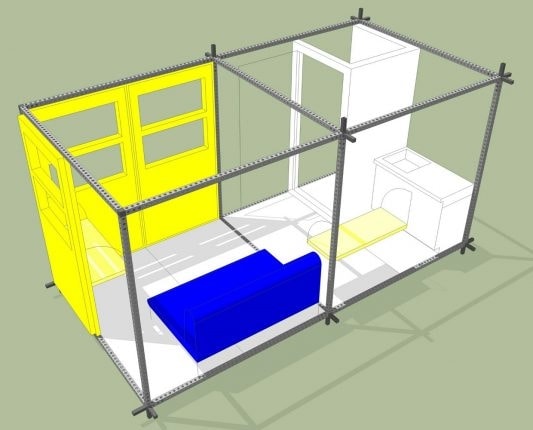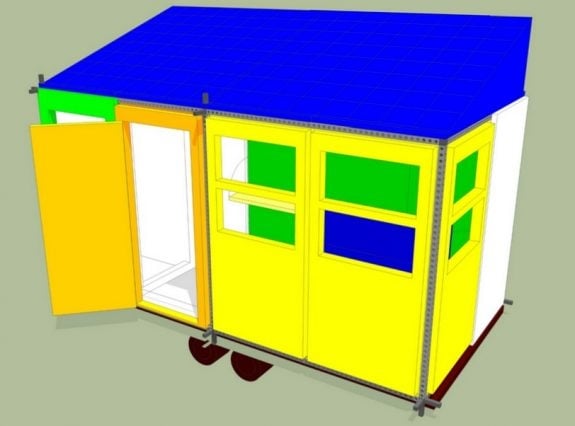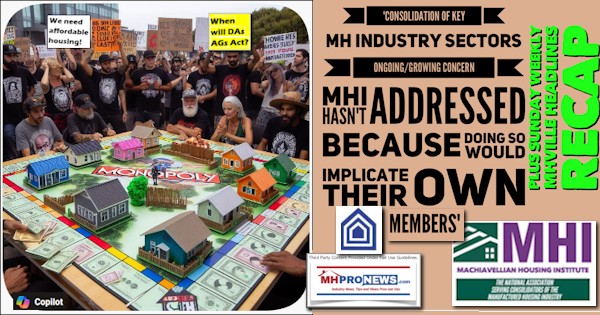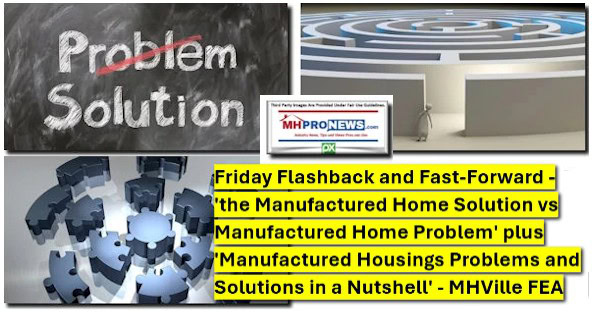
FastCoExist tells MHProNews that one way to create new housing, say advocates, is to loosen up building codes and zoning to allow more infills and conversions. Permitting tiny homes and other unconventional structures could help stretch the living space, reduce housing costs, and make use of underutilized parts of a city.
“We see a tremendous interest in interim or temporary use of space, which would be a new zoning use, and also in allowing tiny houses and things like that,” says Tim McCormick, who developed the Houslets concept in San Francisco. “Even in the Bay Area, many towns are changing their codes to allow backyard cottages,” he said.
Houselets, is a modular system with units roughly the size of a parking space. “This concept optimizes ease of assembly and disassembly, and adaptation in available urban spaces. That could be inside buildings, on surface parking, backyards of colleges, garage conversions, and so on,” McCormick explained.
He believes that Houslets will allow anyone to reinvent and reshape urban spaces with modular, redeployable, open-source building. “We help people envision and implement low-cost housing, shelter, event, or work spaces, using new methods of low-skill and DIY fabrication,” he explained. “We also work with municipalities and property owners to facilitate siting and approval of units via lean urbanism approaches such as temporary use and accessory-dwelling zoning.”
“Our whole environment, particularly in America, has been carved up around the parking space. If you develop a building system that is based on it, you have this tremendous flexibility in the way that shipping containers do,” McCormick adds.
McCormick sees the concept like an open source operating system. It has core features, allowing everyone to develop things their own way. He’s not sure what part of the business he wants to be in, but for now, he’s building three prototypes. They’re constructed from perforated steel tubes and designed to be off-grid, using solar power, with their own water tanks and composting toilets.
Affordability is likely to be an issue for hundreds of cities according to a recent McKinsey Global Institute report. It estimates that 1.6 million people, or 440 million households, will either be “financially stretched by housing costs” or be living in “crowded, inadequate, and unsafe housing” by 2025. The study defines affordability as 30% of family income.
Infilling and pop-up construction like McCormick’s proposal might help, though more fundamental approaches to reduce inequality may also be required if cities are to retain their character. ##
(Graphic Credit: FastCoExist)
Article submitted by Sandra Lane to – Daily Business News – MHProNews.



























